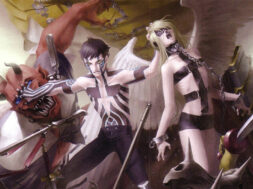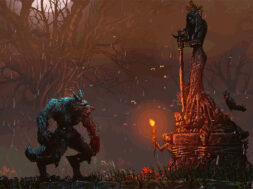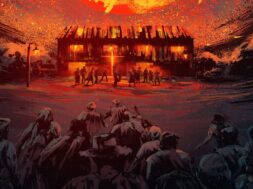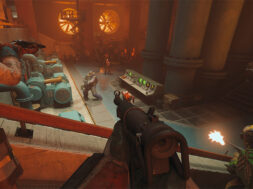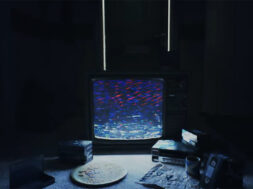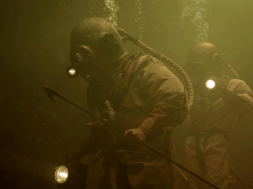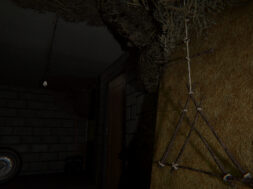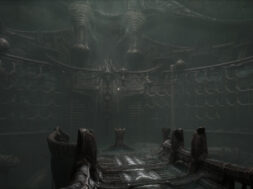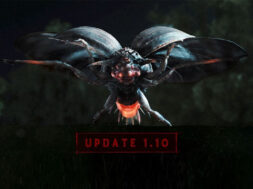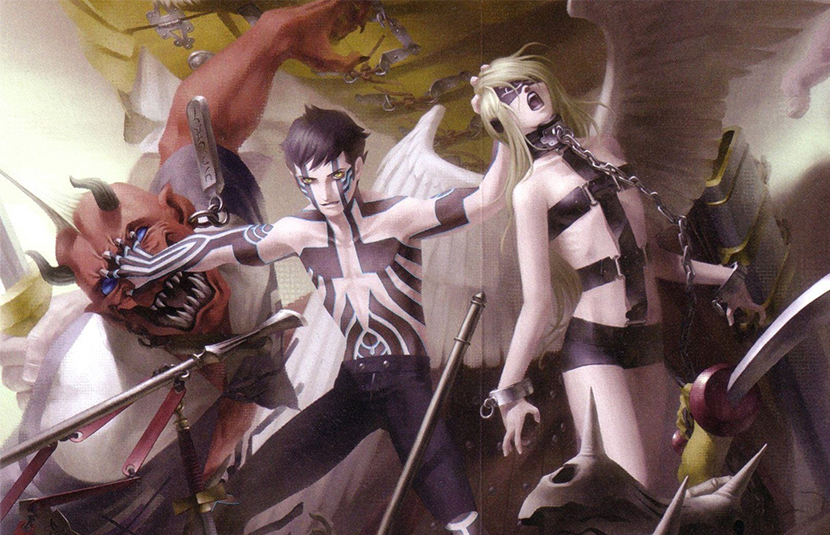
While the Megami Tensei series has been eclipsed in popularity by its spinoff Persona series, there’s little doubt that both series have benefited from Shin Megami Tensei III: Nocturne. The third game in the SMT series not only successfully gained the series a foothold outside of Japan, but it also introduced gameplay elements that carried over in some form to subsequent entries, including the spinoffs. Considered more for the “hardcore gamers” upon release back in 2003, Nocturne‘s darker-than-most story for an RPG is complimented by its challenging (and sometimes cheap) difficulty. And 20 years later, those hallmarks still have fans coming back for more.
Taking the series back to the original game in terms of its high school setting, the story for Shin Megami Tensei III: Nocturne casts you as an unnamed high school student in Tokyo. While visiting your sick teacher, you end up being caught in the apocalypse known as the Conception, triggered by a sinister cult to enable the world’s rebirth. After Tokyo is transformed into a Vortex World filled with demons, you are bestowed with new powers and capabilities through Magatama obtained from Lucifer. As the Demi-fiend, you are given the opportunity to decide what the world will become.
Unlike most JRPGs, where you would have a turn-based system of battles, Nocturne employs the “Press Turn” system. The system, wherein each character participating in combat would be given one or more Press Turns, depending on the character. If a combatant scores a critical hit, exploits their opponent’s weakness, or passes on making an action, they gain an additional turn. If you miss an attack or are blocked, then multiple turns are lost. The whole system results in players having to pay attention in combat, regardless of how insignificant the fight may be. Given the unpredictability, you may find your side unexpectedly wiped out from what you thought was going to be a mundane encounter.
In spite of its learning curve, the Press Turn system proved itself to be a popular one, resulting in the mechanic being carried on through subsequent Shin Megami Tensei sequels and spin-offs, including the Persona games (albeit in a modified form).
Obviously, longtime fans of the series will point out the hallmark of the SMT series that again separates it from other RPGs is its negotiation system. The system allows players to recruit demons/creatures from a variety of world religions/mythologies, allowing you to have said demons join your party. This process includes back-and-forth exchanges and negotiations for money, items and the drawing of the player character’s HP and MP in exchange for the demon joining you. Sometimes the demon will instead give you advice, money or an item. Other times, the demon you’re negotiating with will run off with whatever you’ve given it.
If you do succeed in getting a demon to join you, it carries with it its own abilities and personality, which will factor into your playstyle. Your Demi-fiend main character can only do so much as you build it up. And depending on how you choose to play, you’ll end up relying on the demons in your party to fill in your weak areas. Adding to this Pokémon-styled mechanic is the ability for you to fuse two demons together in order to create a new demon ally. This is the only way to turn gain access to better demons in your party. There is also sacrificial fusion, where a third demon is sacrificed and gives up its own skills to the resulting demon.
It also needs to be mentioned that Nocturne’s artistic style is one of the more interesting takes when it comes to an RPG. Artist Kazuma Kaneko, who did all of the character and demon designs, creates a more “mature” look and feel than the anime-inspired styling found in RPGs that many gamers are used to. Even if one of the series’ most infamous demons, Mara, is less designed after its Buddhist origins, and more for the Japanese pun for male genitalia. Unfortunately (or fortunately, depending on you point of view), Mara’ form in Nocturne is more slime-like that of his original form, but you can clearly see the the phallic reference.
Apart from the interaction with demons, Nocturne‘s horror aspects come mainly from its story. If it wasn’t already clear, the story for SMTIII is bleak. Rather that the typical RPG story that involves you saving the world form evil, Shin Megami Tensei III: Nocturne centres on the idea of “What’s your vision of Hell?”. After all, Tokyo is already destroyed, people are dead, and you’re left with having to pick up the pieces and remake it all. How you remake the world is again filled with grey. You can choose to align with a Reason —competing philosophies that wish to form the natural laws in the new world — or none at all. Do you embrace the chaos, go a more neutral route, or in your opinion, do you align with the most righteous? Admittedly, it’s very much a mature concept that isn’t the outright horror many would expect. But putting the philosophical aspect aside, once you delve into it, there’s a very unsettling feeling that creeps its way in as you progress.
Adding to that unsettling feeling is just how you progress through the game. At its heart, Nocturne is a dungeon-crawler. You wander around an empty hospital, moving on to abandoned parks and other desolate buildings. While the whole thing can seem frustrating, there’s a general unease with the whole minimalist atmosphere. After all, these places used to be filled with people that are now dead. Adding to it all is a fine mist in the distance that emphasizes the desolation of the world in which you now live. It’s definitely not the same as if you were to have the same random encounter in another JRPG. Coupled with Nocturne‘s Kaneko’s styling, the creepiness of the barren environments adds to the horror of Nocturne.
Of course, that same progress tends to give way to frustration for some. Expectedly, not everyone is in the mood for making your way through a labyrinthian dungeon devoid of visual interest when you play a game. For whatever reason, Atlus seemed to relish in giving Nocturne players dungeons that are long, convoluted, and often cause you to lose track of just where to go. It does give players the excuse to grind levels, but after a while, with the false doors that will loop you around, the risk of getting aggravated by it all gets to be quite high. You’ll often have to rely on talking to NPCs in order to figure out where to go.
Initially released in Japan in 2003, North America received their version the following year. The version we got was actually an expanded director’s cut of the game (titled Shin Megami Tensei III: Nocturne Maniax in Japan). This included an optional dungeon that included an additional ending, as well as a guest appearance of Dante from Devil May Cry 2, who you could recruit to your party. Subsequently, the HD remaster of SMT III released last year is based on a second version of Maniax, which saw Dante replaced by Raidou Kuzunoha, the protagonist of the third and fourth Devil Summoner title (though you could still get Dante as DLC).
Shin Megami Tensei III: Nocturne to this day remains a “tough but fair” horror RPG. The game is definitely in the slower-paced lane when it comes to the story and progression, and the challenge can be likened to the likes of Bloodborne and Dark Souls in both its frustration and the idea of learning how the game expects you to play. But those who persisted with it then as now reap the rewards of a beautifully dark experience that didn’t need buckets of gore to scare. It also hit upon a winning formula with its battle mechanics and story themes that still remain with the series to this day. It’s certainly not for everyone, but once you get passed the initial learning curve, it’s probably one of the more disturbing and thought-provoking RPGs you’ll play.
